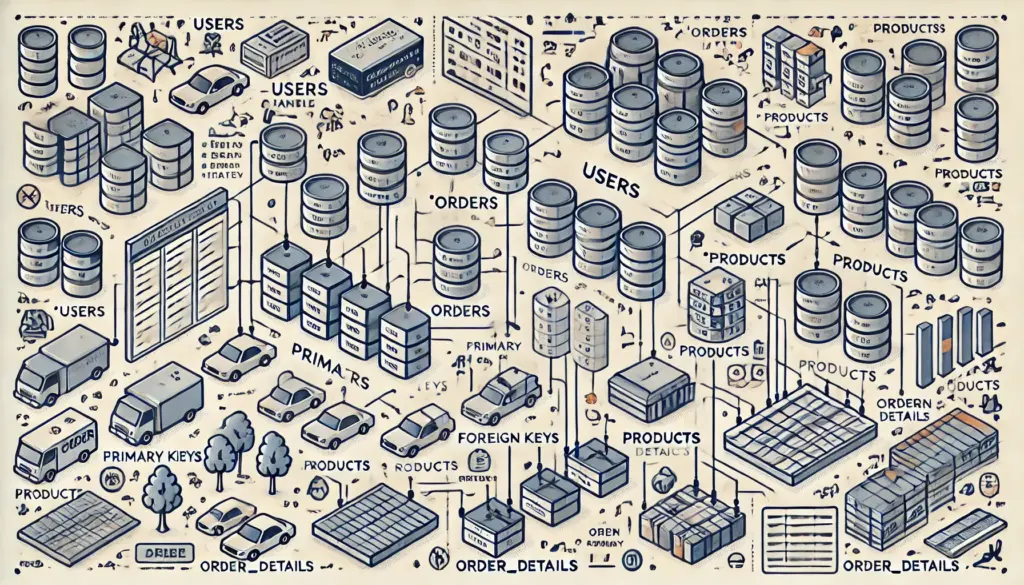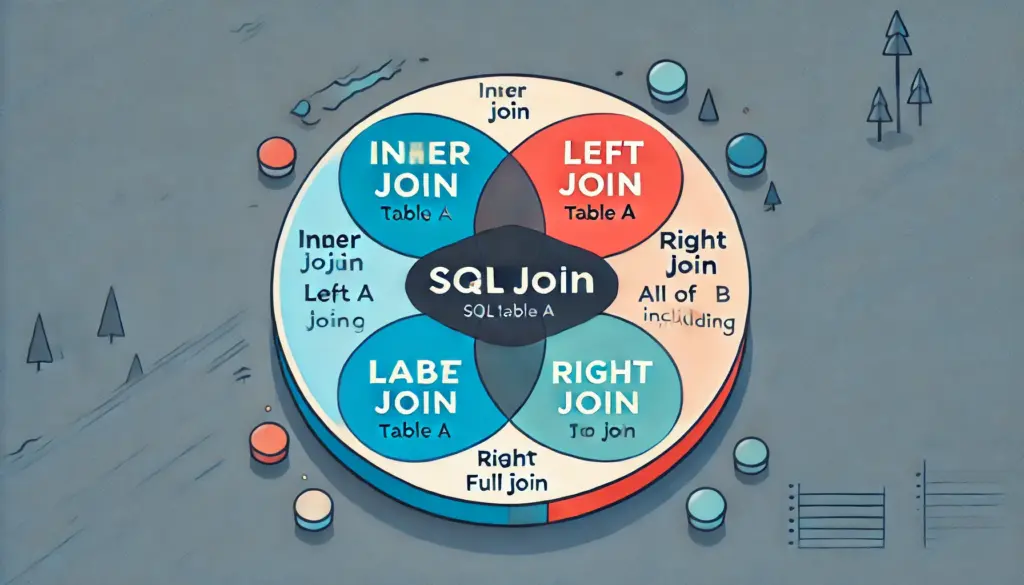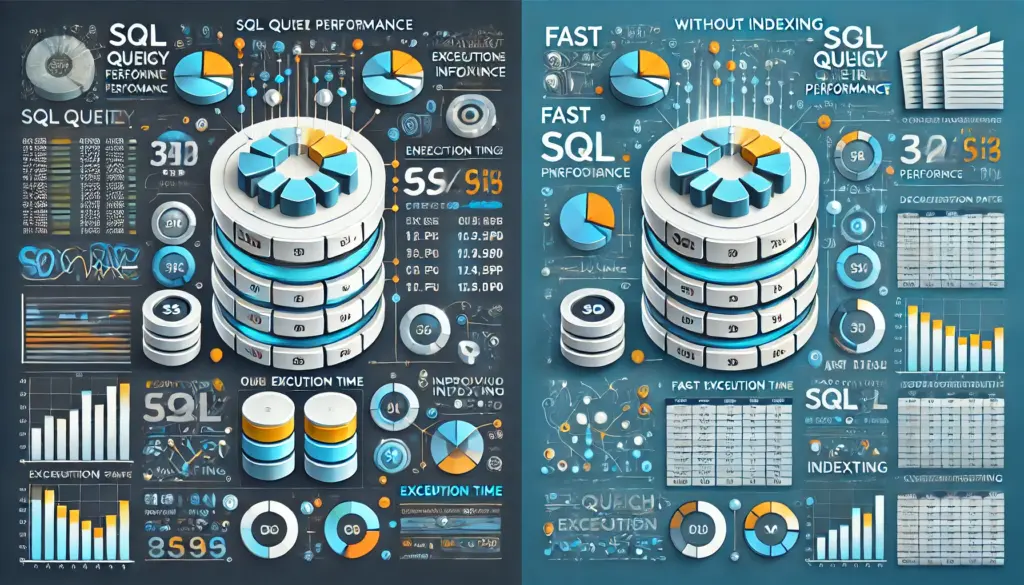📖 SQL Learning Roadmap: A Step-by-Step Guide from Beginner to Expert
SQL Learning Roadmap: SQL (Structured Query Language) is the foundation of databases, powering everything from small applications to large-scale enterprise systems. Whether you’re a beginner or looking to level up your SQL skills, this roadmap will guide you through the essential concepts.
🎯 By the end of this guide, you’ll have a clear path to mastering SQL, from writing basic queries to optimizing database performance.
📌 1. SQL Basics (Getting Started)
SQL is used to store, retrieve, and manipulate data in relational databases. Before diving into advanced concepts, it’s important to understand the basics.
✅ Topics to Cover:
- What is SQL?
- Relational Databases vs NoSQL
- Common SQL Databases (MySQL, PostgreSQL, SQL Server, SQLite)

📌 2. Learning SQL Queries (CRUD Operations)
CRUD stands for Create, Read, Update, and Delete—the fundamental operations in SQL.
✨ Key SQL Commands:
SELECT– Retrieve dataINSERT– Add new recordsUPDATE– Modify existing dataDELETE– Remove records
📌 3. SQL Joins & Relationships
Databases consist of multiple tables linked together. Joins help combine data across tables efficiently.
🔗 Types of Joins:
✅ INNER JOIN – Returns matching records
✅ LEFT JOIN – Returns all records from the left table and matching records from the right
✅ RIGHT JOIN – Opposite of LEFT JOIN
✅ FULL OUTER JOIN – Returns all records from both tables

📌 4. SQL Aggregation & Filtering
When working with large datasets, you’ll need to group, filter, and analyze data efficiently.
⚡ Important SQL Functions:
COUNT()– Counts recordsSUM()– Adds valuesAVG()– Calculates averageMIN()/MAX()– Finds smallest/largest value
📌 5. Advanced SQL Concepts
Once comfortable with the basics, move on to performance optimization and advanced data handling.
🚀 Key Advanced Topics:
✔ Indexing – Speed up queries
✔ Subqueries – Nested queries for complex filtering
✔ Window Functions – Advanced ranking and calculations
✔ Transactions – Ensure data consistency (COMMIT, ROLLBACK)

📌 6. SQL for Data Analysis & Reporting
SQL is widely used for data analysis in Power BI, Tableau, and Google Data Studio.
💡 Important Concepts for Analysis:
PARTITION BY– Organizing data into logical groupsRANK()– Ranking data within partitionsPIVOT()– Transforming rows into columns
📌 7. Real-World SQL Projects
The best way to master SQL is through hands-on projects. Here are some ideas:
✔ E-commerce Sales Dashboard – Track orders and revenue
✔ Customer Segmentation – Group customers based on purchase behavior
✔ Social Media Analytics – Analyze engagement trends

📌 Final Thoughts: How to Keep Improving?
🎯 Next Steps:
✅ Practice SQL daily on LeetCode, SQLZoo, and Hackerrank
✅ Work on real-world datasets from Kaggle
✅ Learn query optimization techniques for efficiency
💡 Pro Tip: Bookmark this roadmap and track your progress! 🚀
🌟 Ready to Start Learning SQL?
This roadmap gives you a structured path to mastering SQL from the ground up. If you’re serious about databases, start practicing today!
📢 What’s next? In the next post, we’ll dive into “What is SQL? A Beginner’s Guide to Databases & Queries” – Stay tuned!